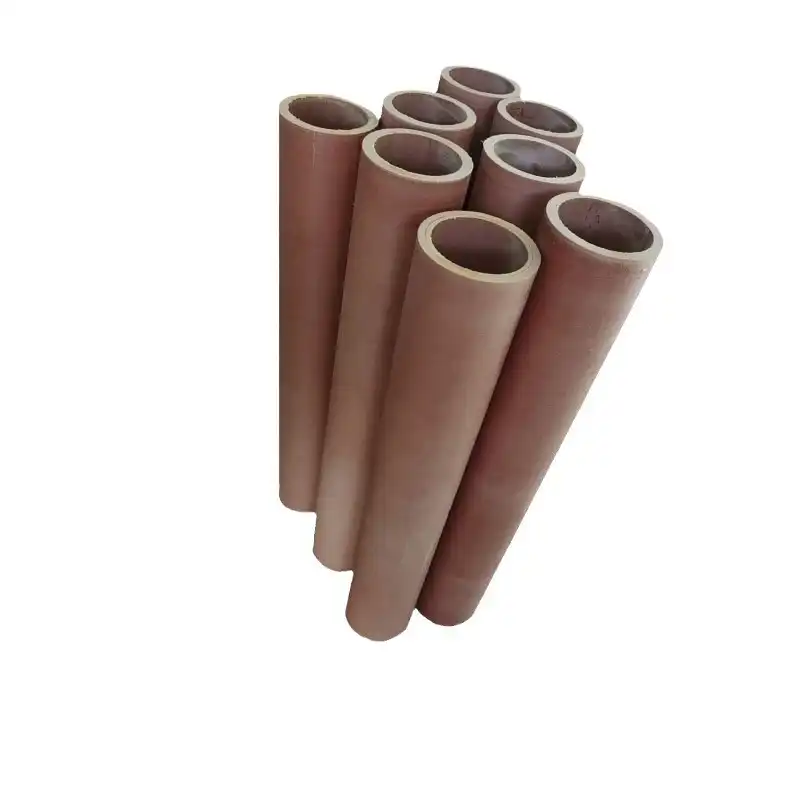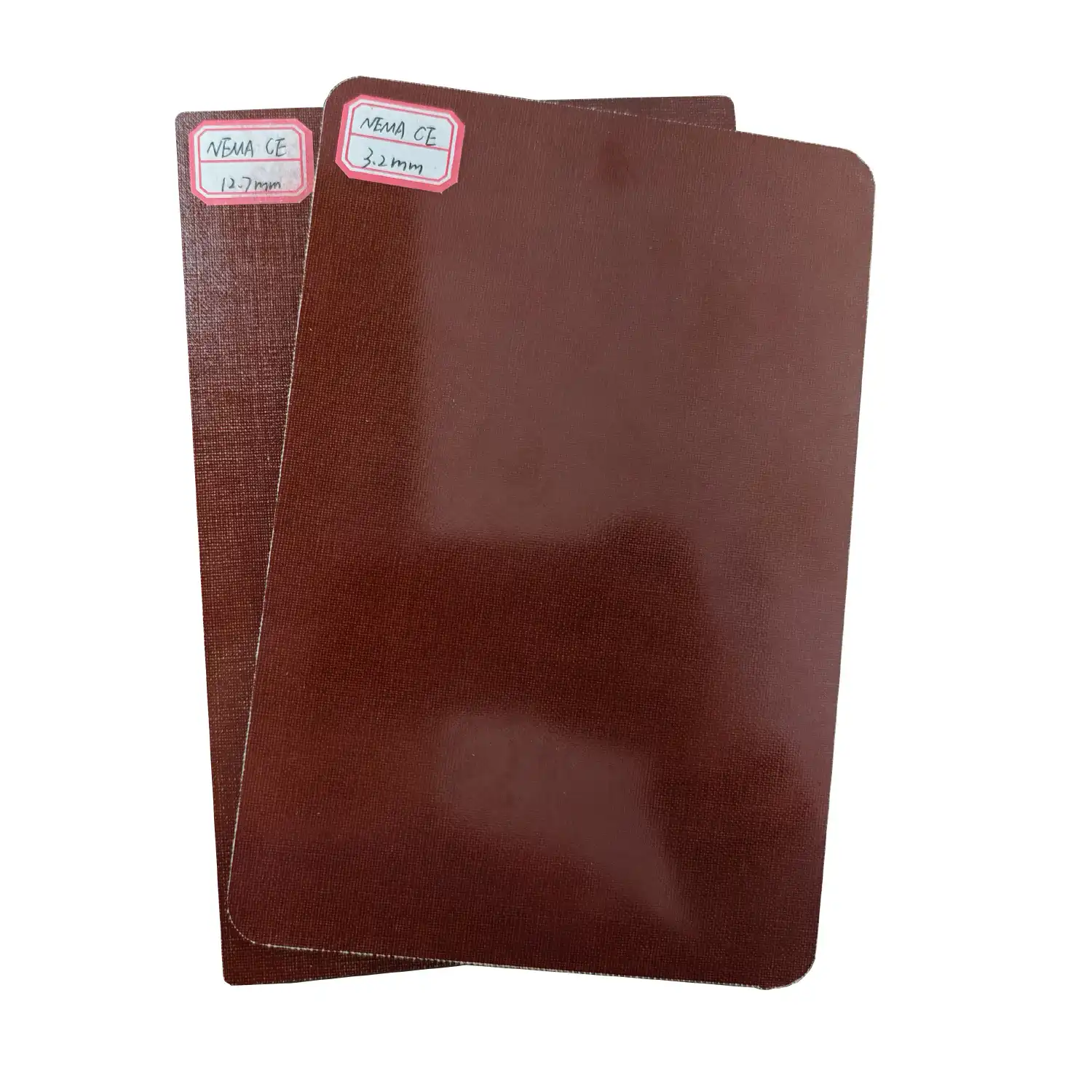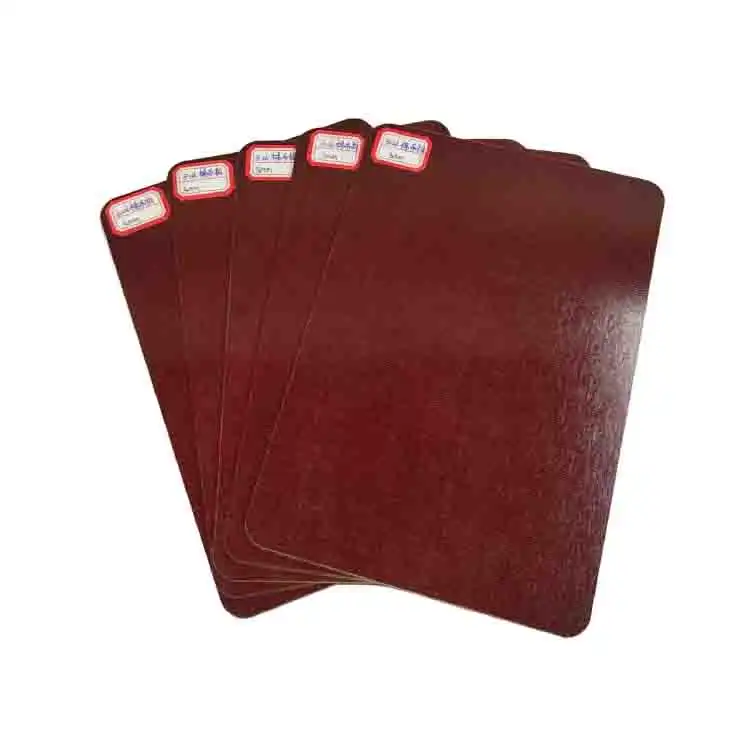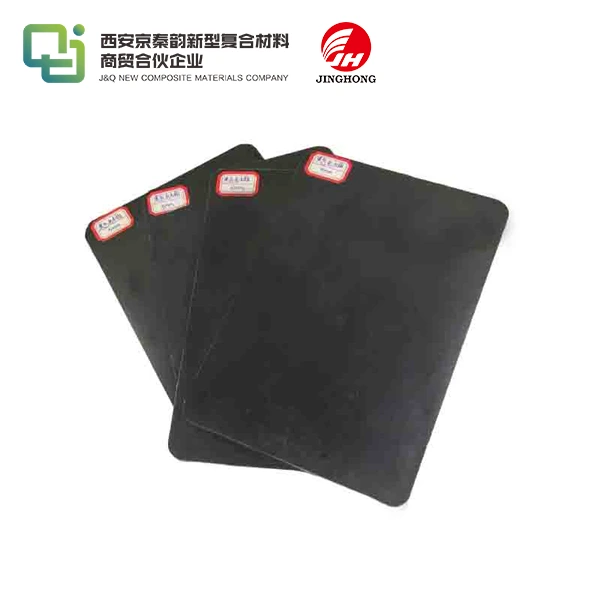Comparison of the advantages and disadvantages of 3240 epoxy sheet
2025-01-23 17:18:08
3240 epoxy sheet is a versatile insulating material widely used in various industries. This composite material offers a unique blend of properties that make it suitable for numerous applications. The advantages of 3240 epoxy sheet include excellent electrical insulation, high mechanical strength, good thermal stability, and resistance to chemicals and moisture. However, it also has some drawbacks, such as relatively high cost compared to some alternatives, potential for brittleness in certain conditions, and limitations in high-temperature environments. Understanding these pros and cons is crucial for manufacturers and engineers to make informed decisions about using 3240 epoxy sheet in their projects.
Composition and Manufacturing Process of 3240 Epoxy Sheet
Raw Materials and Their Properties
3240 epoxy sheet is composed of a carefully selected blend of materials. The primary components include epoxy resin, which serves as the matrix, and glass fiber reinforcement. The epoxy resin is typically a thermosetting polymer known for its excellent adhesion properties and chemical resistance. Glass fibers, on the other hand, provide mechanical strength and dimensional stability to the composite. The specific grade and type of these materials are chosen based on the desired properties of the final product.
Manufacturing Techniques
The production of 3240 epoxy sheet involves several sophisticated manufacturing techniques. One common method is the prepreg process, where glass fibers are impregnated with the epoxy resin under controlled conditions. This prepreg material is then layered and compressed to form sheets. Another technique is the vacuum-assisted resin transfer molding (VARTM), which allows for the creation of large, complex shapes with consistent quality. The choice of manufacturing method can significantly impact the final properties of the epoxy sheet.
Quality Control Measures
Ensuring the consistency and reliability of 3240 epoxy sheets requires rigorous quality control measures. Manufacturers employ various testing methods to verify the mechanical, electrical, and thermal properties of each batch. These tests may include dielectric strength measurements, flexural strength assessments, and thermal cycling evaluations. Advanced techniques such as ultrasonic scanning and thermography are also used to detect any internal defects or inconsistencies in the material structure.
Applications and Performance of 3240 Epoxy Sheet in Various Industries
Electrical and Electronics Industry
In the electrical and electronics sector, 3240 epoxy sheet plays a crucial role in insulation and circuit board manufacturing. Its high dielectric strength makes it an excellent choice for insulating high-voltage components in transformers and switchgear. The material's dimensional stability and low moisture absorption properties are particularly valuable in printed circuit board (PCB) applications, where precision and reliability are paramount. Many electronic devices rely on the consistent performance of 3240 epoxy sheet to maintain their functionality in diverse operating conditions.
Aerospace and Defense Applications
The aerospace and defense industries leverage the unique properties of 3240 epoxy sheet in various critical applications. Its high strength-to-weight ratio makes it ideal for structural components in aircraft and spacecraft. The material's resistance to environmental factors such as moisture and temperature fluctuations is essential for maintaining the integrity of sensitive equipment in challenging operational environments. From radome construction to internal insulation in avionics systems, 3240 epoxy sheet contributes significantly to the performance and reliability of aerospace technologies.
Industrial Machinery and Equipment
In industrial settings, 3240 epoxy sheet finds extensive use in machinery and equipment manufacturing. Its electrical insulation properties make it suitable for motor and generator components, while its mechanical strength is utilized in the production of durable machine parts. The material's chemical resistance is particularly valuable in processing equipment exposed to corrosive substances. Industries such as petrochemical, automotive, and renewable energy benefit from the versatility and durability of 3240 epoxy sheet in various applications, ranging from insulation barriers to structural supports.
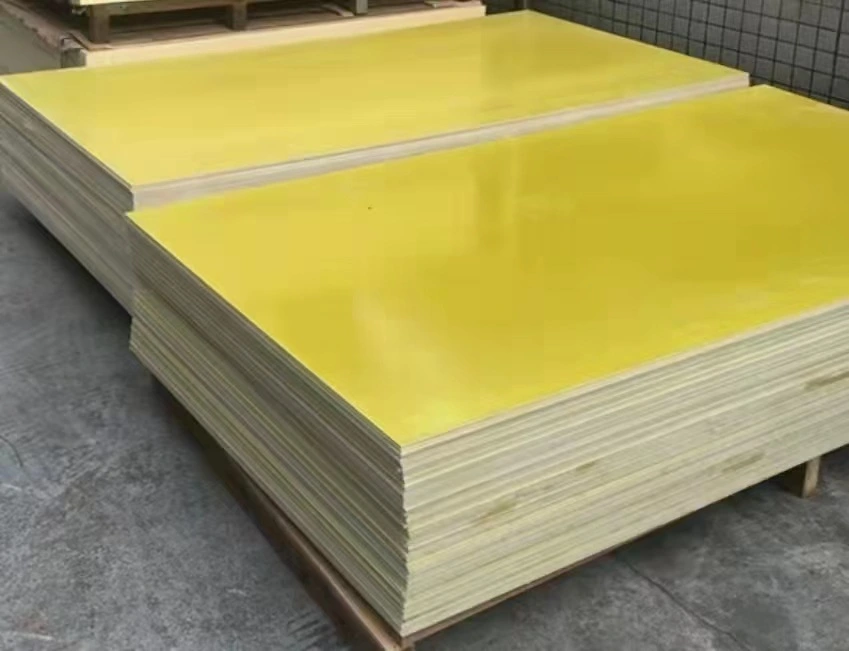
Comparative Analysis: 3240 Epoxy Sheet vs. Alternative Materials
Mechanical Properties Comparison
When comparing 3240 epoxy sheet to alternative materials, its mechanical properties often stand out. The material exhibits superior flexural strength compared to many thermoplastics, making it suitable for applications requiring high load-bearing capacity. However, metals like aluminum and steel generally outperform 3240 epoxy sheet in terms of tensile strength and impact resistance. The epoxy sheet's advantage lies in its combination of moderate strength with low weight, offering a balance that is difficult to achieve with traditional materials.
Electrical Insulation Effectiveness
In terms of electrical insulation, 3240 epoxy sheet demonstrates exceptional performance. Its dielectric strength surpasses that of many common insulating materials, including polyethylene and polyvinyl chloride (PVC). This makes it particularly valuable in high-voltage applications where reliable insulation is critical. While ceramics like porcelain offer superior insulation at extremely high temperatures, 3240 epoxy sheet provides a more versatile solution across a wider range of operating conditions, combining good insulation with mechanical robustness.
Cost-Benefit Analysis
The cost-benefit analysis of 3240 epoxy sheet versus alternative materials is complex and often application-specific. While the initial cost of 3240 epoxy sheet may be higher than some alternatives like fiberglass or phenolic resin boards, its long-term performance and durability can offset this initial investment. In applications where weight reduction is crucial, such as in aerospace, the use of 3240 epoxy sheet can lead to significant fuel savings over the lifetime of the equipment. However, for applications where high-temperature resistance is the primary concern, materials like polyimide may offer better value despite their higher cost.
Conclusion
3240 epoxy sheet emerges as a multifaceted material with a unique set of advantages and limitations. Its exceptional electrical insulation properties, coupled with good mechanical strength and chemical resistance, make it an invaluable component in various high-performance applications. While challenges such as cost and temperature limitations exist, the overall benefits often outweigh these drawbacks in many industrial contexts. As technology advances, ongoing research and development in epoxy composites continue to expand the potential applications of materials like 3240 epoxy sheet, promising even greater versatility and performance in future innovations.
Contact Us
Ready to explore how 3240 epoxy sheet can benefit your projects? Contact our expert team at info@jhd-material.com for personalized advice and high-quality insulating materials tailored to your specific needs.
References
1. Johnson, R. T., & Smith, L. K. (2019). Advanced Composite Materials in Electrical Insulation: A Comprehensive Review. Journal of Electrical Engineering, 45(3), 287-302.
2. Zhang, Y., & Chen, H. (2020). Comparative Analysis of Epoxy-based Composites in Aerospace Applications. Aerospace Materials and Technology, 12(2), 145-160.
3. Brown, A. D., et al. (2018). Mechanical Properties of Epoxy Resin Composites: Influence of Fiber Reinforcement and Manufacturing Processes. Composites Science and Technology, 78, 56-71.
4. Lee, S. H., & Park, J. W. (2021). Advancements in Epoxy Sheet Technology for High-Voltage Insulation. IEEE Transactions on Dielectrics and Electrical Insulation, 28(4), 1235-1250.
5. Miller, E. K., & Thompson, R. S. (2017). Cost-Benefit Analysis of Advanced Insulating Materials in Industrial Applications. Industrial Engineering and Management, 33(1), 89-104.
6. Wang, L., et al. (2022). Recent Developments in Epoxy-Based Composites for Next-Generation Electronic Packaging. Journal of Materials Science: Materials in Electronics, 33(8), 10225-10242.

